Bryston 4B and 14B “Cubed” power amplifiers – revisited
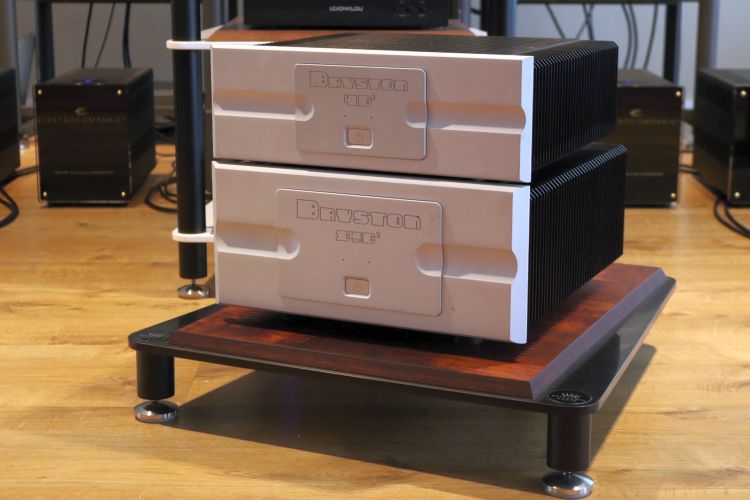
Review samples supplied by Mafico
Retail prices per February 2020:
4B Cubed: 7.930 euro
14B Cubed: 13.450 euro
After the initial Bryston review in December 2017 (how time flies) my system changed significantly. Therefore, I thought it prudent to give the amps another run with some very different speakers. Upon contacting Hein van der Klaauw, account manager for the hifi section of Mafico, he was more than happy to bring the Bryston 4B Cubed and 14B Cubed over again for some more comparisons. The amps were left here long enough to witness the coming and going of several other loudspeakers, and so, they were used with the Paradigm Persona B, Martin Logan ESL15A, Kroma Audio Carmen, Graham Audio LS5/8 and LS5/9, and Magico S1 MkII. Over this period, the amps were compared with other amplifiers such as Electrocompaniet AW180 and AW600 NEMO, Lejonklou Tundra, NuPrime ST-10, and CH Precision A1.5.
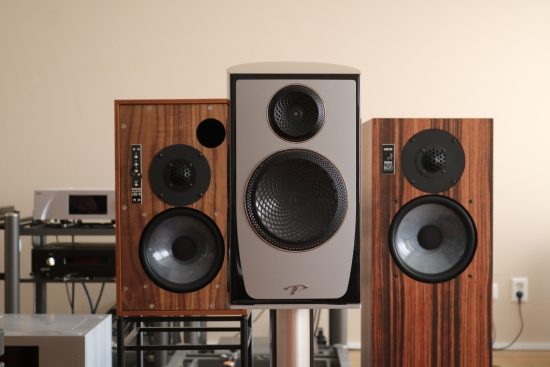
Paradigm Persona B
While the Persona B’s are not particularly difficult to drive, their utter transparency does require one pays attention to achieving the best match in terms of the cables and amplifier. The other components should be of similarly high quality but getting the match right is equally as important.
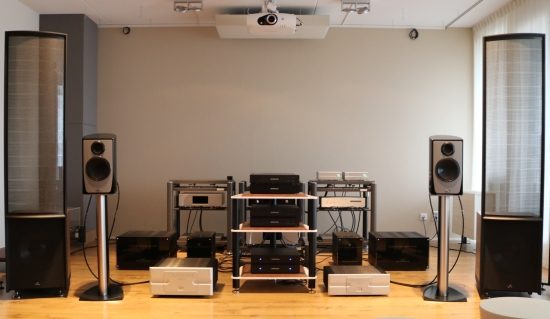
For instance, the Lejonklou Tundra 2.5 amplifier is low-powered at 24 watts but it is also one of the most refined sounding amplifiers that I have heard. With this amplifier, the Persona B’s sound about as fluid and high-res as I have heard them. But because this amplifier has quite a relaxed and non-offensive character, the combined result is that of a sound that, while superbly refined, can lack some punch and attack. What worked incredibly well was the CH Precision A1.5 fed directly from the C1 DAC, making for a delivery that ticked all the audiophile parameters as well as providing flow and lyricism. However, the CH carries a price tag that is quite prohibitive making this a combination that not many people are likely to make. The otherwise very musical Electrocompaniet AW180’s and AW600’s were less than an ideal match with these speakers, the resulting sound too flat and matter-of-fact while not fully doing the speakers’ immense resolution justice. I suspect that these mono amps’ huge damping factors combine into too much control.
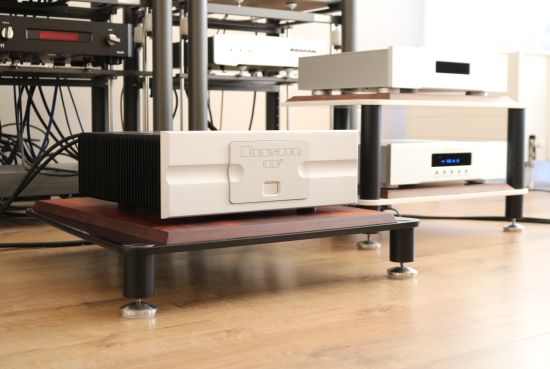
The Bryston 4B Cubed actually worked very well and the 14B Cubed even better. With these amps fed directly from the CH Precision C1 DAC, the Persona B’s were positively Rocking and Rolling! It was with the Brystons that they produced the deepest and most solid bass, which is probably expected. But the Brystons also provided a super-enthusiastic and concrete sound with a vivid and communicative midrange. The amps can’t match the resolution or refinement of the CH or the Lejonklou but there was no perceptible edge and the treble was quite smooth. And in spite of there not being an analog preamp in the chain, the Brystons never made the music sound overly controlled.
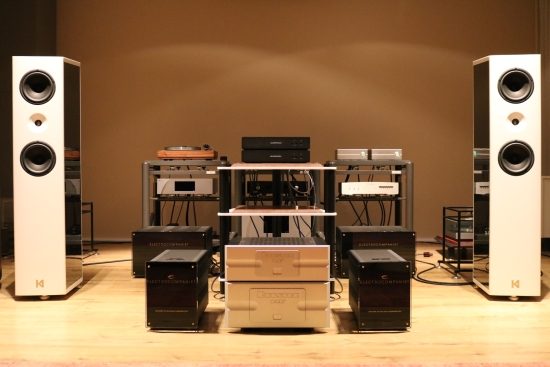
Kroma Audio Carmen
The Kroma Audio Carmens are easy to drive but they are voiced quite strongly which makes it important to match them with an open-sounding amplifier. Switching to the Bryston 14B Cubed with the Lejonklou Sagatun preamp after having used the Electrocompaniets, the Bryston is more transparent and refined as well as a little sweeter. Mind you, the 14B is not actually sweet and all Brystons actually sound very neutral. But while the Electrocompaniets have a particularly communicative and “live”-like midrange, they are also just a little forward and rough, and by comparison, the Bryston is smoother. Whereas the 4B is slightly euphonic and relaxed in the bass, the 14B is very tight and even more neutral and that works especially well with the full-sounding Kromas.
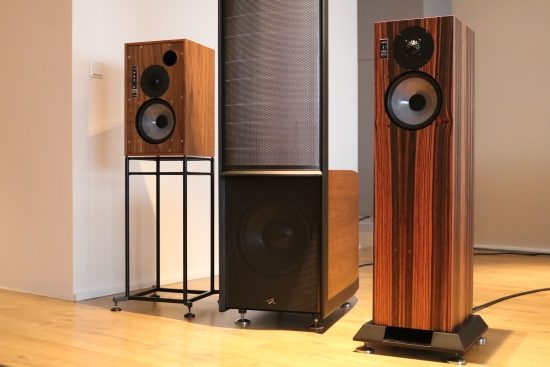
Graham Audio LS5/8 and LS5/9
With the Graham Audio speakers, the result is pretty much the inverse of the Paradigms. These speakers LOVE power and control. Coming from the Electrocompaniets, the Bryston 4B’s treble is more fluid but also cleaner and more highly resolved. There is better resolution but this does not at all translate to a drier sound and the entire presentation is also more relaxed. The overall solidity remains fully intact and the bass quality also does not take a step back. The Bryston’s character is a little different from that of the Electrocompaniet’s, however. The Bryston 4B is more even-handed, potentially also due to its cleaner and more neutral (non-shouty) upper midrange and treble and sweeter. Technically, the Grahams work equally well with the Electrocompaniets and the Bryston and the decision between the two is merely one of taste. Basically, it’s an uncomplicated, lower res but extra-fun sound versus a more transparent and more linear, smoother and more neutral sound.
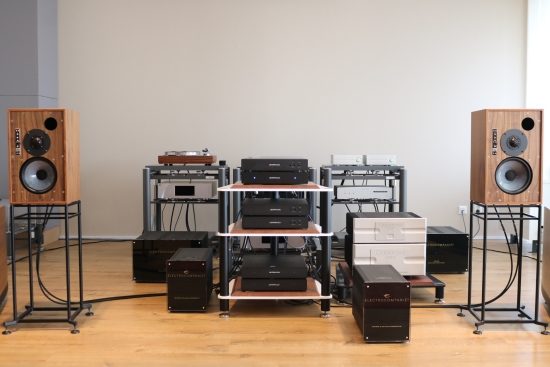
Going to the 14B, the bass tightens up and becomes faster and more nimble. While certainly still full-bodied, there is absolutely no overt weight or fatness. The midrange even gains a portion of the Electrocompaniet’s convincing timbre. Along with this, the entire presentation becomes more assured and while this was absolutely fabulous with the Persona B’s and the Grahams’ bass unit certainly also seems to appreciate the extra muscle, the speakers do lose a fraction of their inherent free-flowing nature compared to when used with the 4B. There’s a lot to say for each presentation but if pressed to choose, I’d say that the 4B is best for soul music and vocals (fluidity and continuous sounds) and the 14B is best for rock and roll (transient behavior).
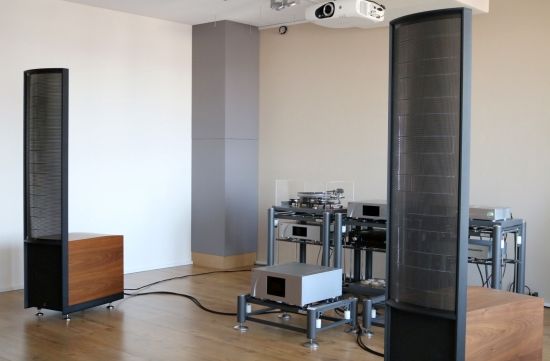
Martin Logan ESL 15A
By now, the pattern is becoming more and more obvious. The Brystons perform utterly predictably and that is a very good thing. The Martin Logans sound best with very clean and neutral amplifiers and the Brystons certainly comply in these fields. They drive the Logans very well but compared to the CH Precision A1.5, they only lack the ultimate measure of expressiveness and resolution to fully do these speakers justice. To be fair, the same is true, even more so, for the Electrocompaniets and the Nu-Prime ST-10. That said, it takes a special and pricey amplifier to live up to the performance of the A1.5 so that’s not really something that one should worry about unless one has sufficiently deep pockets.
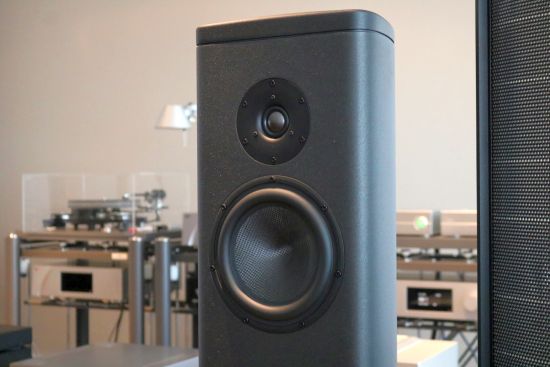
Magico S1 MkII
I am one of those people who never liked Magicos. On some occasions, they could be incredibly impressive only to let down with a boxed-in, matter-of-fact performance on other occasions. As with all things in audio, however, and with Magicos absolutely, the inter-component synergy is a majorly important factor, even more important than the absolute quality of the components. While the Q-range can be quite unforgiving especially in less than ideal room acoustics and when not mated with perfectly matching amp, the S-series is certainly more forgiving. As I found, with the S1 MkII, there’s even a hint of warmth and smoothness, along with the speaker’s expected extremely linear and transparent behavior.
Surprisingly, the S1 MkII’s were not at all hard to position in my otherwise quite uneven room and they even perform well sandwiched in-between the Martin Logans and slightly closer to each other than perfectly ideal. Even more surprisingly, the pairing with the CH A1.5 amp does not result in an overly cool or clinical sound.
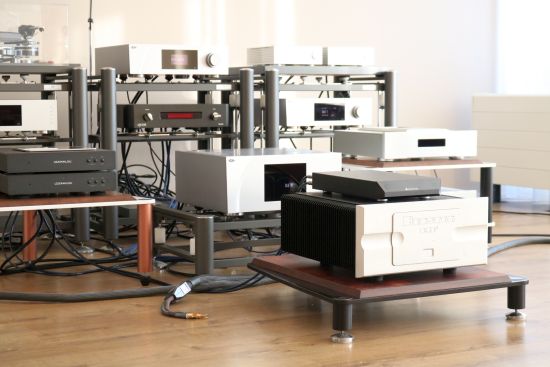
I started my listening session with the freshly-arrived Magicos using the NuPrime ST-10 and Bryston 14B Cubed, both positioned on an Artesania Modular Floor Platform. Although the humble ST-10 has worked out surprisingly well in many combinations and I have praised it many times, the ridiculously transparent and utterly resolving Magicos made it very clear that the NuPrime came up short in terms of finesse and fluidity. I’ve always known that the ST-10 was not particularly fluid but apparently, this was still covered up to some extent by many speakers’ inherent smoothness. The Bryston 14B Cubed did considerably better, turning in a more appealing performance. While even more solid and authoritative than the ST-10 and also smoother and possessing more than enough power to drive the Magicos with two fingers up its nose, the relentless speakers unveiled all too clearly that the 14B is not as refined as I like and a little rough with some recordings. As it turned out, this pairing is just not ideal.
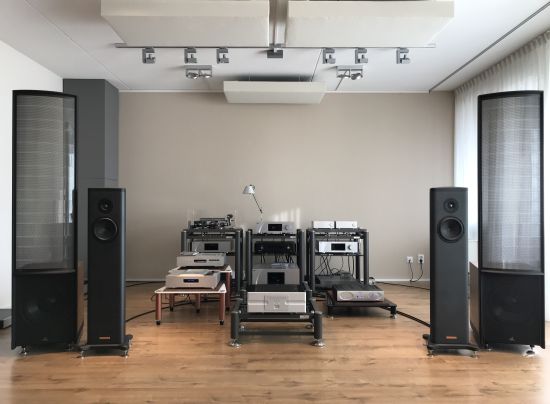
At this point, I figured that the fuller-sounding Bryston 4B might be ideal and so I set up the amp the same way as I have the CH Precision A1.5 setup: on an Artesania Aire platform with Carbon Fiber linear arms. Connected with the same CH Precision Balanced Link XLR cable, I fired up the 4B with the intention to let it cook for a while. As if it will ever cook... I’ve yet to encounter a Bryston amp that actually becomes more than hand warm! Moreover, I also don’t find that the 3B and 4B need much, if any, warm-up time. But just in case, I gave it a few hours.
Compared with the CH A1.5 but also the 14B, the 4B is slightly more relaxed, a little sweeter and a little warmer. And as I expected, the 4B sounds purer, more organic and more refined than the 14B. This is only logical as the latter is a bridged design and contains double the number of transistors and the Magicos made this very clear. The S1’s do need a good amp but the 4B has more than enough power to drive them well. Of course, the 14B is not intended to be paired with speakers such as these and is no doubt more suited for much bigger designs that are more power-hungry.
In line with earlier experience further confounded by the Magicos, I can confidently state that the Bryston 4B practically does not have any sins of commission, only of omission. So, what’s missing? Just the last nth of articulate transient sharpness (bass snap), ultimate low-level resolution, and imaging specificity. The lower resolution manifests in subtle swooshing or percussive sounds being slightly glossed-over whereas with the CH A1.5 they stand out clearly even in the presence of louder sounds. In other words, the 4B paints slightly broadly and is slightly less nuanced and slightly less focused than the best I’ve heard in the field of transistor amplification. Still, the fact that these improvements command roughly 3 times the 4B’s price tag should say enough about the Bryston’s quality.
External Links
Distributor for the Benelux: Mafico
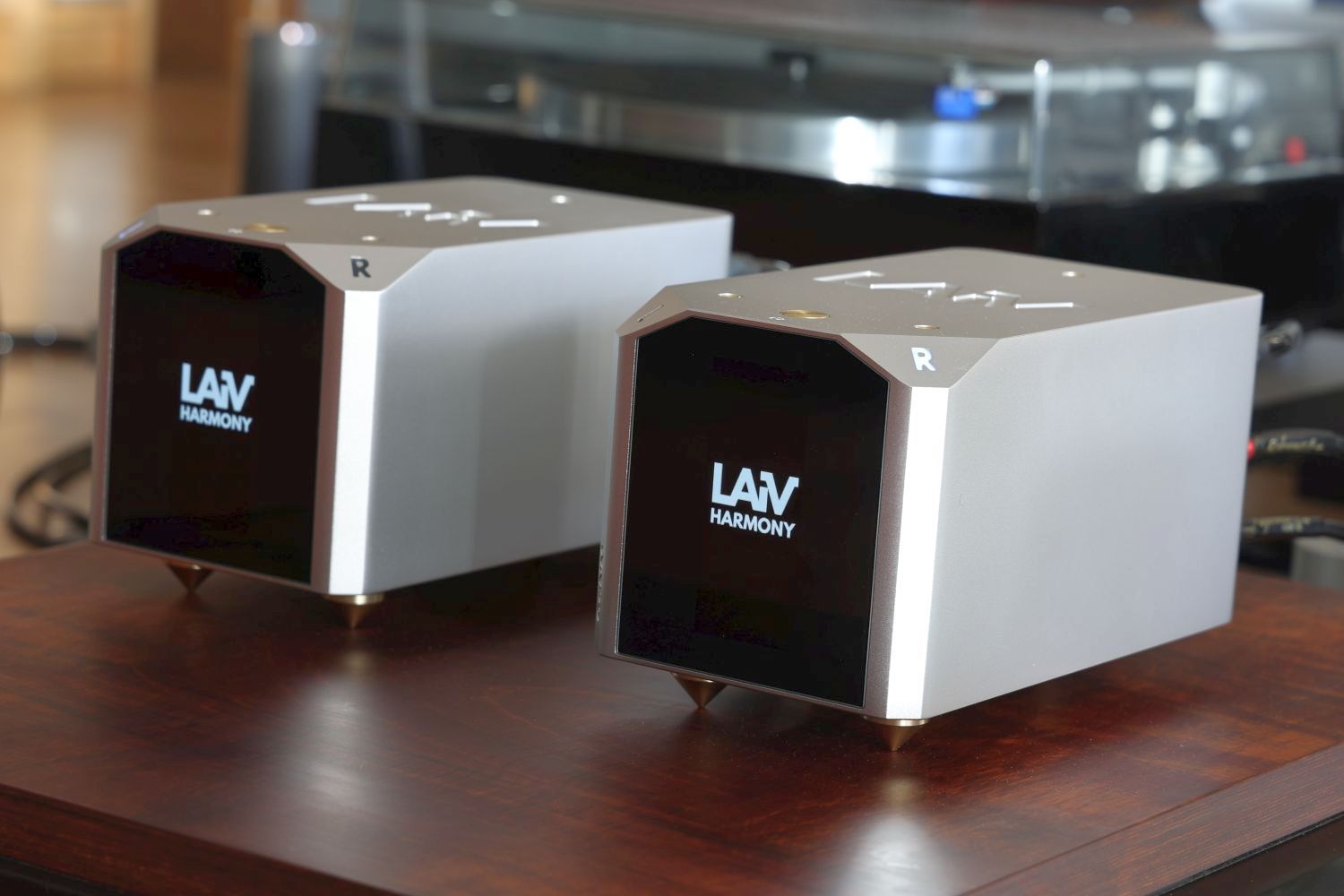
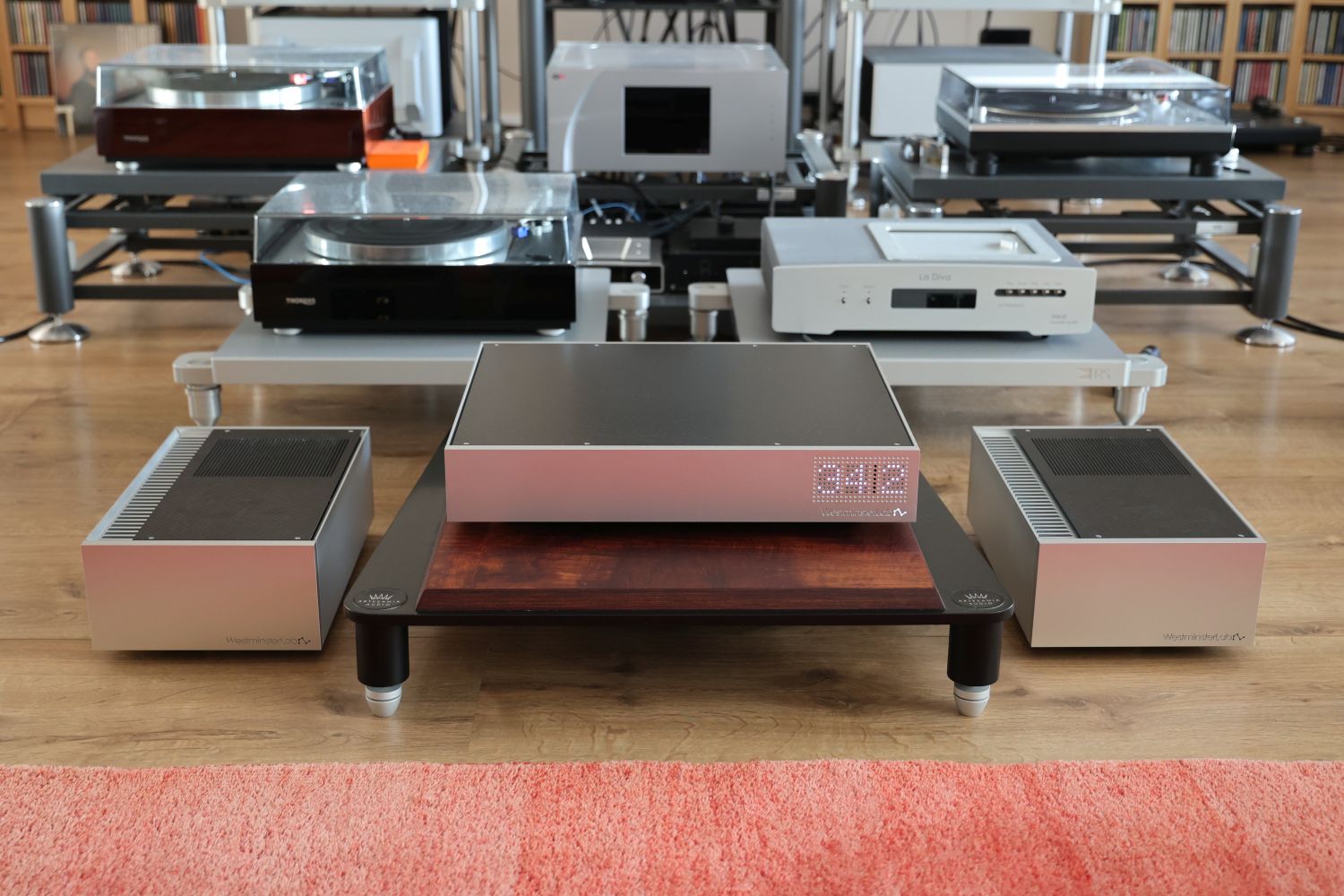
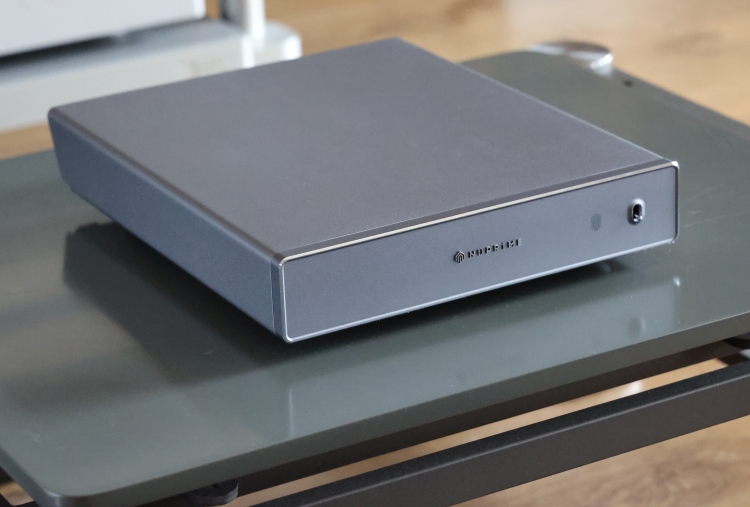
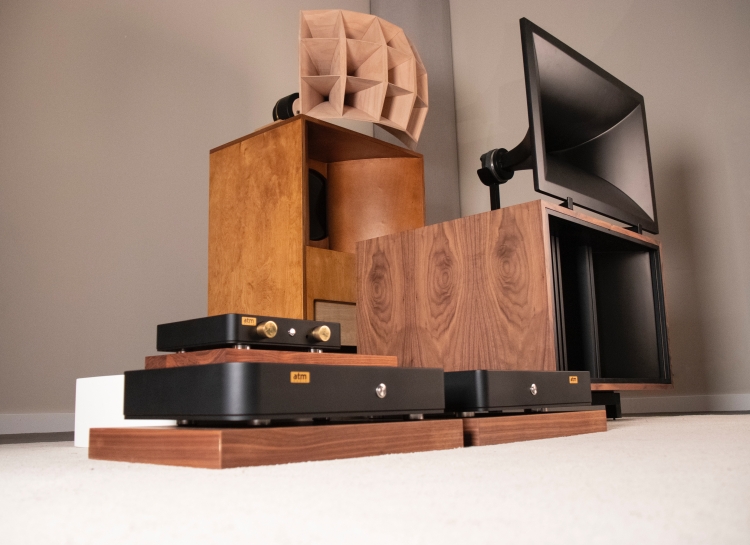
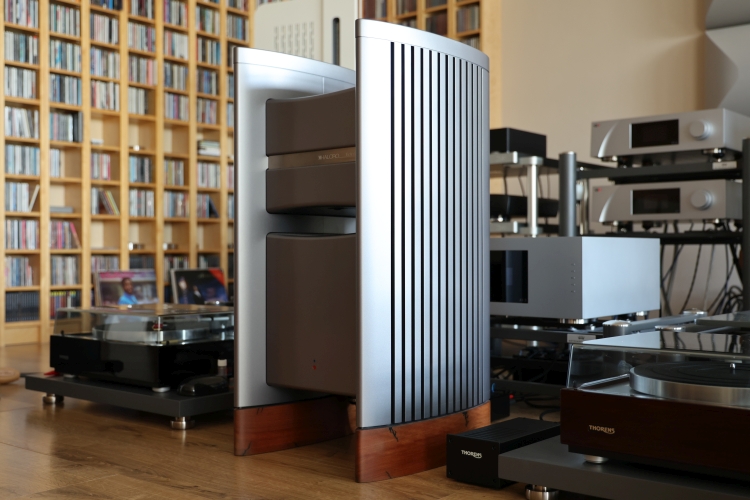
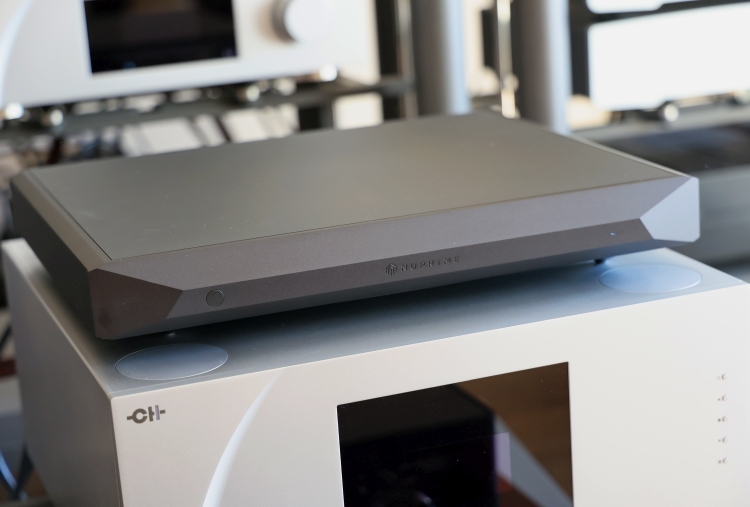
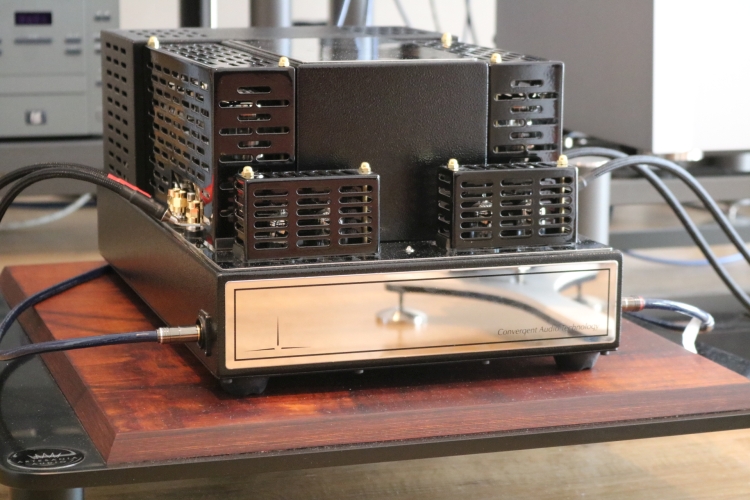
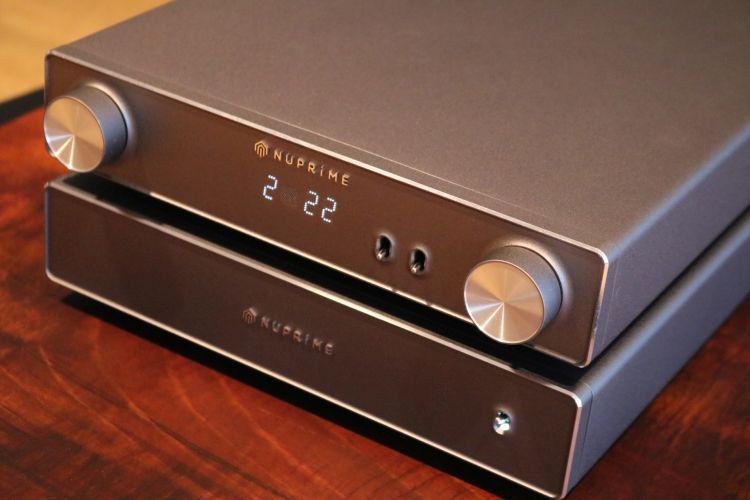
An interesting comparison would be between Bryston 4B3 and Anthem STR power amplifier. How would you describe them?
While both are neutral and powerful and from Canada, one might think they could be alike, these have quite different characters. The STR has a midrange that is a little forward while the 4B’s midrange is sweeter and more relaxed. The STR’s low bass is slightly lean and its upper bass quite articulate and nimble. The 4B is bigger low bass and fuller and rounder midbass. The treble, finally, with the STR is a little dry / rough while the 4B’s treble is slightly more fluid. In a word: the Bryston is a little bit smoother and more refined while the STR is more all-out impactful.
Thanks for this info and great review!
Hi, Christiaan & again, I enjoyed your additional review of the 4 &14B3 amplifiers. I currently own a 4B3, which drives my ole Dahlquist DQ10’s and have considered upgrading to the 7, or 14B3. In my research, I discovered that the 14B3 is a truly balanced amp, while the 4B3 is not and, as such, the 14B3 is optimized for balanced operation, while the 4B3 is slightly compromised in that it’s a dual functioning amp, provides both a stereo and a bridged mode. Additionally, I read somewhere that the transformers are higher quality in the 14B3. Theoretically, I’d imagine this means the 14b3 to be even more neutral, more characterless than the 4B3, which somewhat fits with your 4B3’s characterization. I’m now coming to my point: you didn’t explain how you setup the comparison, did you run both amps single ended, or, both in balanced mode, given the two approaches would likely yield different results?
Thank you,
John
Hi John, you are correct that the 14B is a true balanced amp and it is indeed the most neutral of the bunch, along with the 3B. However, it is a misconception that amplifiers with a balanced working principle also by definition work best with balanced interlinks. In all circumstances, the balanced input signal goes into a comparator circuit or a transformer and after that follows its path through the amp. Whether the input is balanced or single-ended, the output of the differential circuit will be, well, differential, for a differential amp. Its working mode is not changed by the type of interconnect. That said, there are often differences between cinch and XLR connections but these tie in with the source- or receiving electronics as much as the cables themselves. For the Brystons, I find that the cinch and XLR inputs sound similar and the differences that are heard come down to other factors than the amps’ circuits. I’ve had only one 4B and it was used exclusively in stereo mode, not bridged. For this review and all amps, I used both interlink connection methods and a variety of interlinks.
This is good to know, Christiaan, is helpful & thank you!
John
Hi Christian: I suspect your listening observations could easily be influenced (and turned upside-down/inside-out) by choice of ancillaries and cabling.
With that said, I’d expect the same listening results concerning the purpose-built stereo 4B3 compared to the ‘bridged’ topology of the 14B3 -if in fact that is its design -bridged 4B.
peter jasz
Hi Peter, Of course cables can influence the results and I always try several in order to rule such things out. The differences as noted really are what they are, they are not indiced by variables. Yes, the 14B is more or less a bridged version of the 4B but that doesn’t mean that it must sound the same and indeed it doesn’t. It really sounds different from the 4B and the 3B is also different again. Bridging in general has a marked influence on the sound. I also heard this when switching between the parallel and serial bridging settings with my 7B ST’s back in the day.